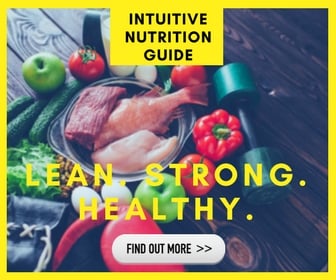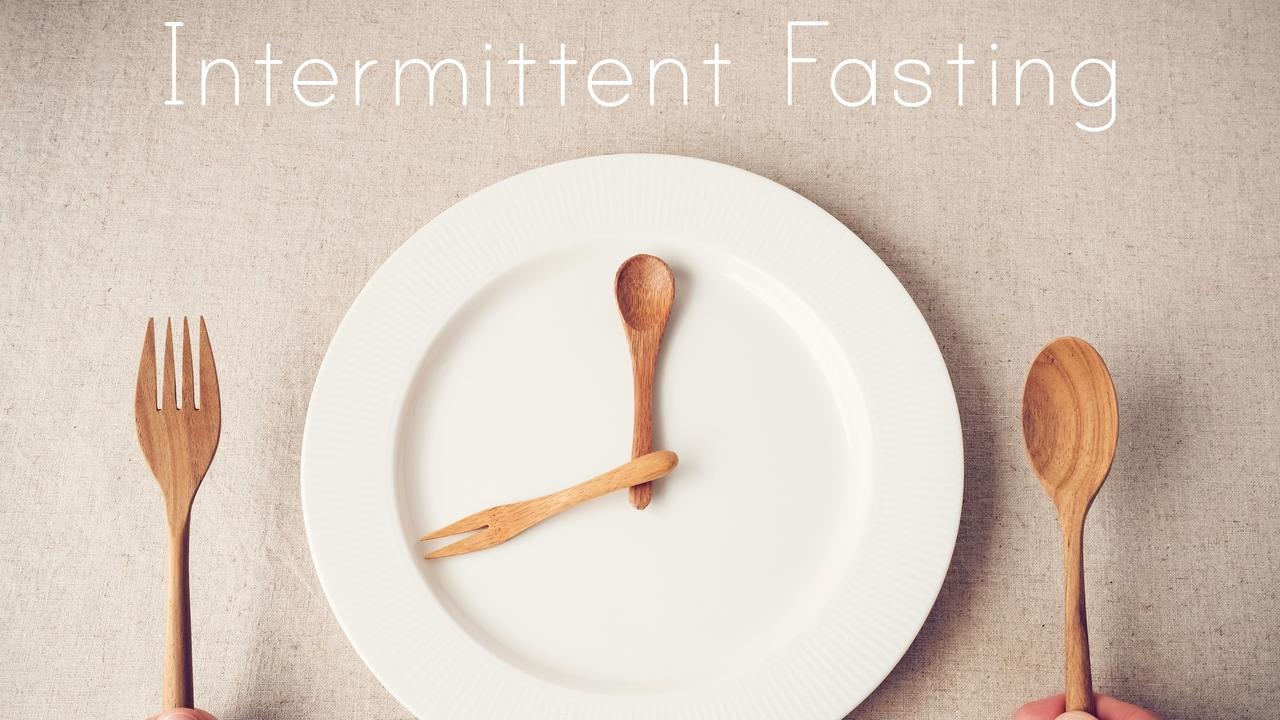When someone mentions intermittent fasting, they are often referring to the pattern of eating where you fast for 16 hours and eat within an 8-hour window each day. For many people with a regular 9-5 job, it is relatively easy to incorporate that eating schedule into their day. Assuming you get roughly 8 hours of sleep, that leaves 8 hours of your day where you aren’t eating and 8 hours of your day where you can eat. But for many people with less structured work schedules—perhaps nurses who work more than 8 hour shifts, or independent contractors who might get hired at any moment for a job that could be any number of hours, or students with varying class schedules—doing a 16/8 fasting split might not be as easy.
Thankfully there are alternative ways of fasting that still give some amazing benefits of fasting—such as improved insulin sensitivity, cardiovascular health, inflammation, and brain function—without the 16/8 eating structure. Below is a list of different approaches to intermittent fasting so that you can find something that fits your lifestyle.
The most popular style of fasting as mentioned above is the 16/8 fasting split where you fast for 16 hours of the day and eat in an 8-hour window. For example, you might start eating at noon and stop eating at 8pm and only have water, coffee, or tea during the other hours or the day. This is the most often applied method of fasting because of the ease of scheduling and the minimal willpower needed (in comparison with other ways of fasting). Most of the research done on fasting has been on more long term fasts (24+ hours) but there are some studies which indicate that fasting for just 16 hours per day can improve certain health related biomarkers, speed up fat loss (due to decreased insulin resistance), and aid in maintaining muscle mass.

Another method of intermittent fasting is to do less frequent, longer fasts. This could be doing a 24 hour fast every one or two weeks, a 48 hour fast every 2-4 weeks, or even a 3 day every 1-3 months. This method can actually have more benefits than the 16/8 fasting split. When you’re fasting, once your body burns through all of the fuel from food that you have ingested in the last few days, your body looks for nourishment in any way it can get it. One of these places that it finds nourishment is in your fat cells, so fasting can help a little with weight loss (though 90% of the weight you lose on a long term fast like this will be from water weight that will be gained back immediately). But your body also finds nourishment from breaking down damaged, malfunctioning cells in your body, a process called autophagy. When you end your fast and refeed your body, it uses that nourishment to rebuild these cells, essentially regenerating parts of your body. The system of the body that is most affected by this is the immune system. Fasting for just three days can regenerate the immune system as well as reduce autoimmunity.
A third method of intermittent fasting is the Warrior Diet, where you start your day out fasted, gradually build your way up with to more solid food and ending your day by eating most of your calories in a 4-hour window. For example, you could start your day with water and tea, then a few hours later have a green juice, a few hours after that, some yogurt with berries would be a good option. The foods consumed on this diet are supposed to be paleo-based to mimic how our ancestors would have eaten as we were evolving as a species.
Finally, there are a lot of other different methods that all boil down to the principal of caloric undulation. For example, the 5-2 diet prescribes being in a slight caloric surplus 5 days out of the week and then an big deficit for 2 days. The 4-3 diet is essentially the same thing just with 4 days of a surplus and 3 days of a deficit. Many other fasting methods follow this kind of eating pattern. With these methods you might not technically reach a biological fasted state but there are still great benefits. Our bodies adapt to things extremely quickly so changing up your daily caloric intake can help push you past a plateau. When you go back and forth between highs and lows, it sensitizes your body much more to those changes. This is the same theory behind having a cheat meal once a week and behind carb cycling. With these kinds of diets you want to make sure that your average daily caloric intake is where you want it to be for your goals because your body changes based on weekly and monthly averages, not based on one individual day of eating.
No matter what your schedule is, if you really want to try incorporating fasting into your lifestyle, you should be able to find a style of intermittent fasting among these methods that works best for you. Just keep in mind that while fasting does have some incredible health benefits, it is absolutely not necessary in order to live a healthy life. Not every “healthy” thing works for everyone so if you try out fasting and experience any negative symptoms, it is okay to avoid the practice of fasting. That being said, if you want to change things up a bit or feel that you may benefit from a fasting lifestyle, it is worth testing out one or all of these methods listed above.






